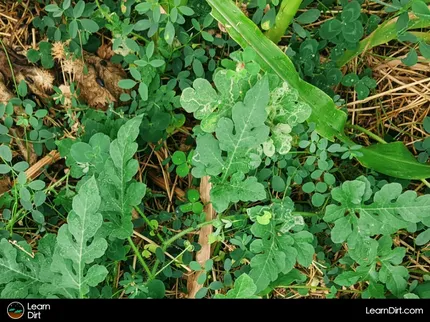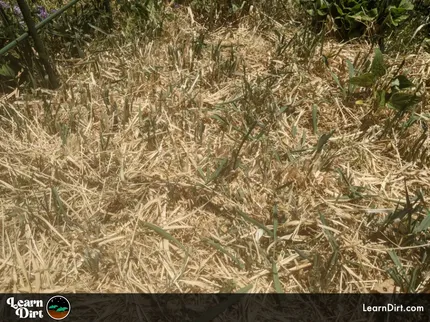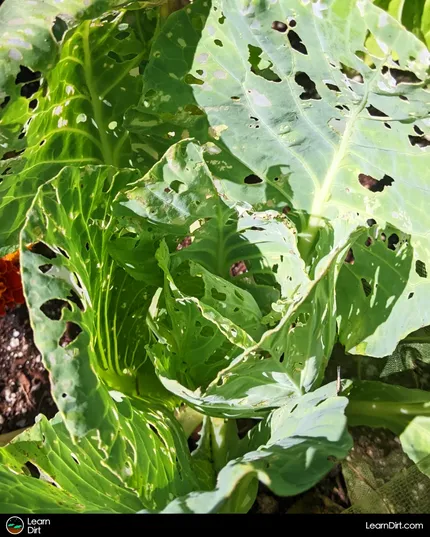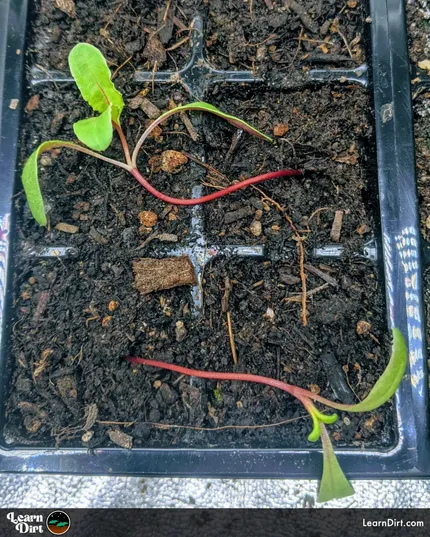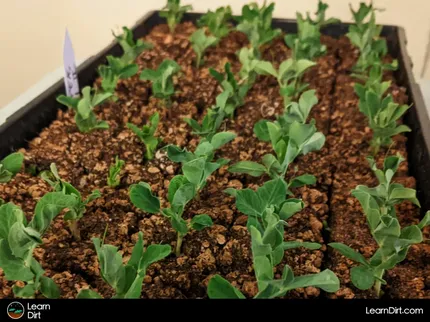Table of Contents
* Our articles never contain AI-generated slop *
Curious whether you can transplant corn? Let's talk about starting corn and what it will tolerate.
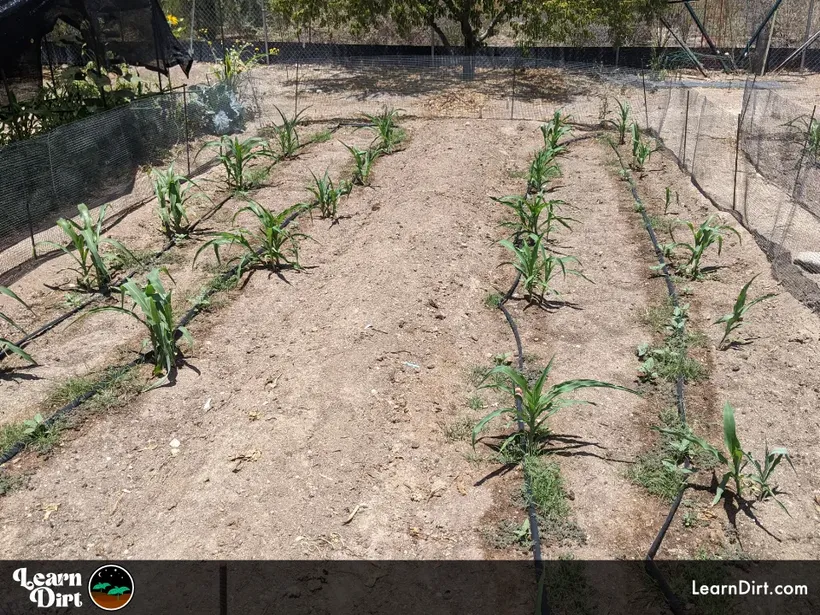
Why Can't You Transplant Some Crops?
If we understand why some plants cannot be transplanted, we'll know which ones can and will tolerate the process.
Plants which won't tolerate transplant are almost always those with long taproots that would quickly outgrow soil blocks or cell packs.
Disclaimer: This post may contain affiliate links. Refer to the privacy policy for more information.
Think carrot, parsnip, radish, turnip, and to some extent beet (though beet will tolerate it better than the other roots).
Root veggies put down such a long stabilizing taproot so quickly that they'll hit the bottom of your tray or container before you're able to transplant them out to the field.
Other plants that are sometimes not transplantable are those started from bulbs, bulbils, corms, tubers, cloves, etc.
Think garlic, potato, and many species of flower.
These simply require such a deep sowing that seed trays are unsuitable and so larger pots with more soil must be utilized. This makes tranplanting more difficult and incrases potting soil costs compared to simply direct-sowing these crops in the ground.
While transplanting these crops can be done unlike most of the root crops, it might not make sense to do so.
Join The Grower's Community
A FREE, friendly forum
where you can ask questions,
swap tips, and meet like-minded growers 🌱
Check It Out!
Corn Sowing Depth
Corn kernels are typically sown at a 1.5" - 2" depth (4-5cm).
The average cell pack for seed-starting offers 2" deep cells.
This immediately rules out the possibility of planting corn in regular cell packs because there would be no room for downward root development.
Keep reading the next section about corn root development to get the full picture of soil depth and volume you'll need if you want to sow corn indoors for later transplant.
Corn Roots
Now that we know what type of plant roots won't tolerate transplant, let's look at corn roots and see how they compare.
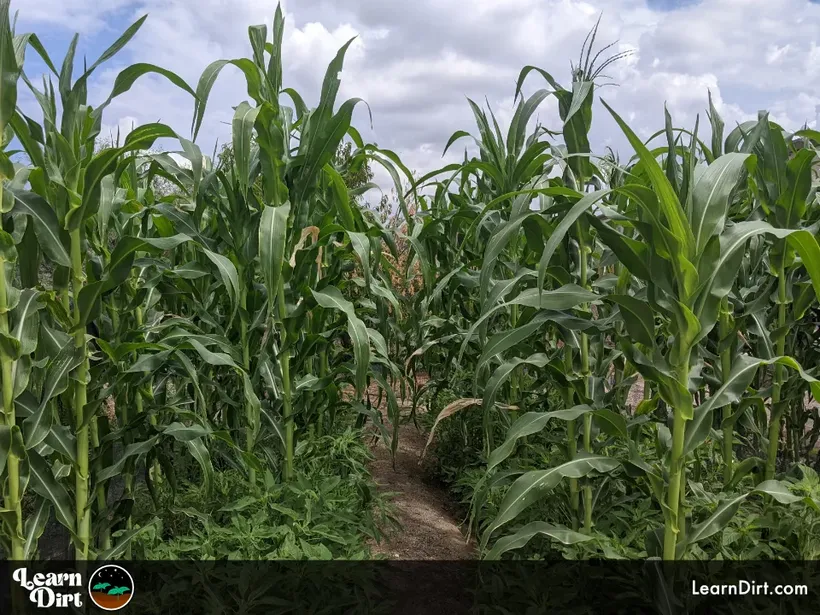
Corn roots can sometimes extend down 6ft or more underground, when the water table is low.
Corn is a deep-rooted crop, though the root depth can vary dramatically depending on the amount of water available to it and the depth of that water.
Because corn puts down a deep anchoring taproot during its first couple weeks, and then proceeds quickly with secondy fibrous root development, it's going to need quite a lot of space as a seedling to accomidate the root system.
Consider at least 6-8" soil depth in any pot or container you choose to start corn in. This will accomidate for the couple inches of planting depth necesary for kernels, and the few inches or rapid root development that will happen within the first 4-6 weeks of growth.
Your container should also have pretty good width to provide the room necessary for lateral root development.
If you want to use smaller containers than that, you'll need to aim to transplant your corn within 2-3 weeks. That will get them out of their containers before secondary root development starts.
Common Corn Transplant Questions
Now that we've gathered all the info about what makes transplanting impossible for some crops, what corn planting requirements are, and how the roots develop we can finally answer the important questions:
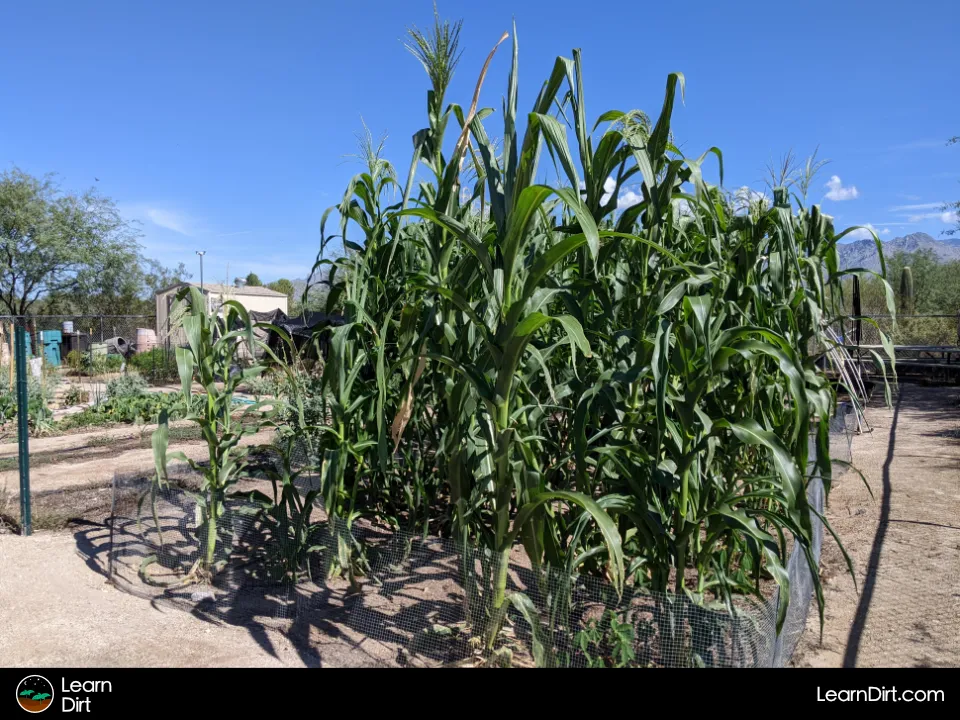
Can You Transplant Corn?
Corn can definitely be transplanted but it's planting depth requirement and rapid root development mean you'll need larger containers to start corn in.
Corn will not fit in typical cell packs or soil blocks, so you'll have to provide enough seed-starting mix and large enough containers to give it the room it needs.
Scroll up to the section on Corn Roots to learn about the root development and container size needed to accomidate.
Should You Transplant Corn?
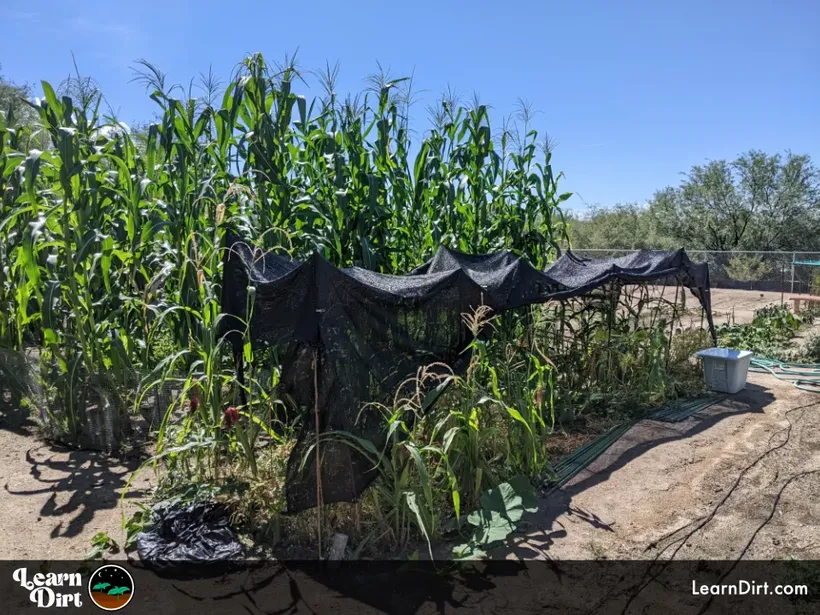
Transplanting corn is viable, and will give you a 2 to 6 week jump on your season, depending on the size container you use to accomidate the seedlings.
It will take a lot of seed-starting mix, and quite a bit of space to start corn indoors or in the greenhouse, however, so take this into account if you decide to transplant corn. These are the reasons corn is typically direct-sown in the field rather than transplanted.
Why Transplant Corn vs. Direct Sow?
Transplanting corn provides a distinct advantage over direct-sowing: that is the ability to get a head-start on the season.
Corn can be sown indoors while outdoor conditions are still unfavorable to direct-sowing early in the season.
While winter storms and an icy chill persist outside, your corn can already be happily growing away indoors or in your greenhouse.
For example if you grow a 90-day sweet corn direct-sow outdoors, you'll have to wait 3 months after your last frost date before you can harvest that corn.
Dig Cool Merch?
If you get an unexpected late-season frost, those young corn plants may easily die and set you back even further.
By contrast, if you start your 90-day corn indoors 30 days before your average last frost date your corn will only need 2 months outside before harvest.
Additionally, you can hold that corn indoors for longer if you see late-season frosts on the forecast beyond your average last frost date. This gives you more ability to protect your corn until conditions are favorable without having to push your sowing date back.
If you've got the space indoors for your corn, this can be a great way to get a jump on the season and slide your corn harvest date forward in the season.
By harvesting your corn earlier, you can free up space in your garden for another crop afterwards.
That's all for now, thanks for reading!
If you have any questions, comments, or would like to connect with fellow gardeners, head on over to the forum and post there.

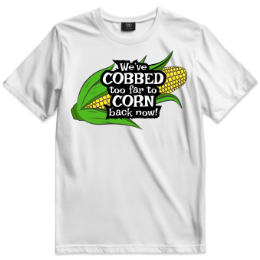


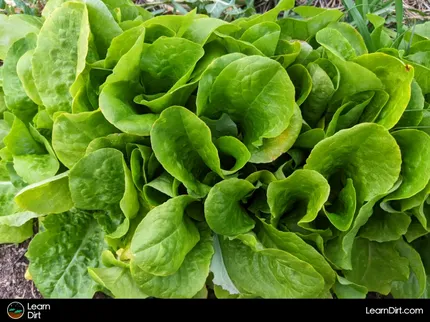
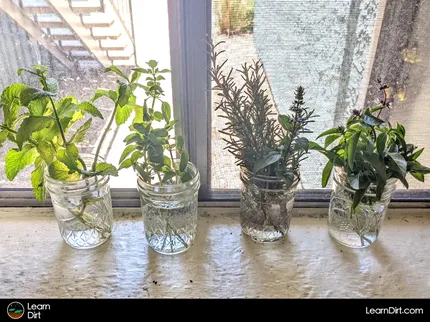
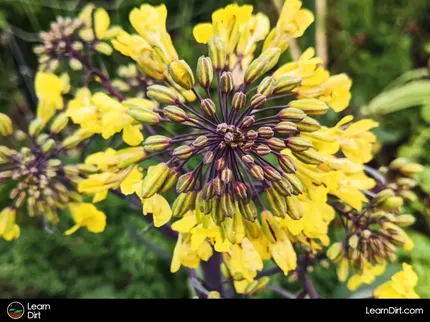



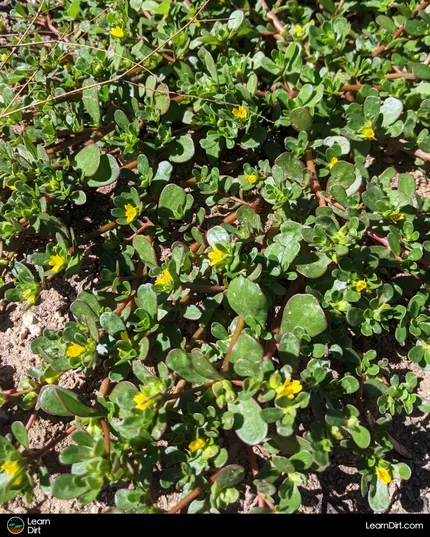
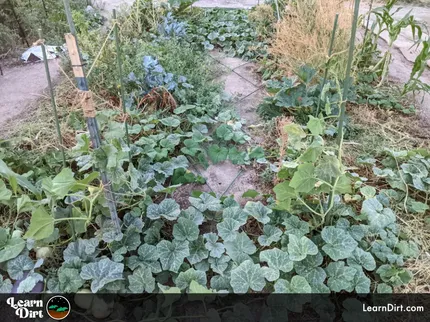
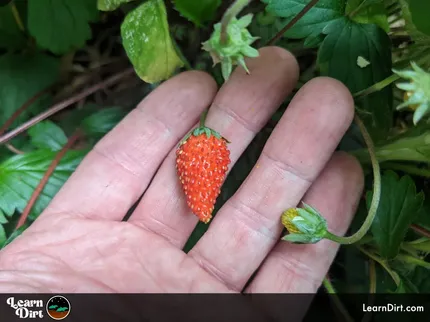
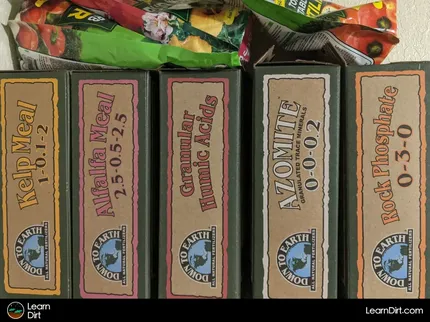
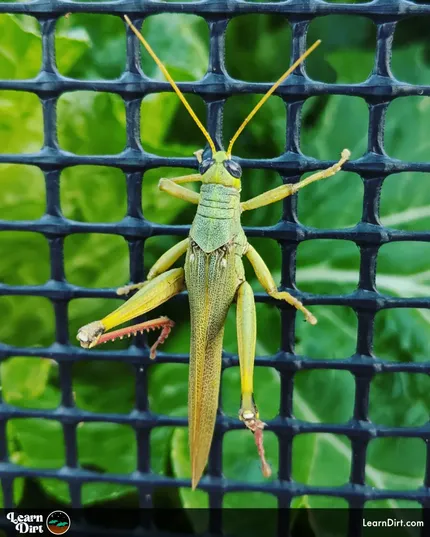
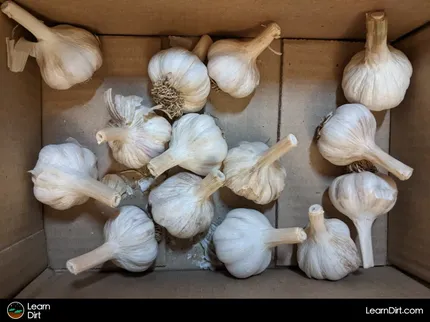
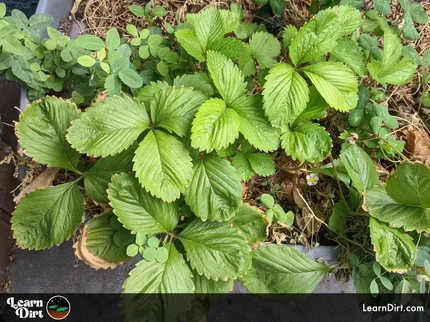

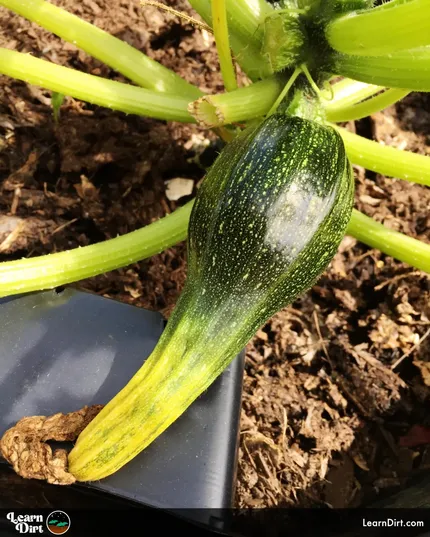
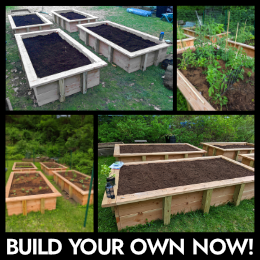
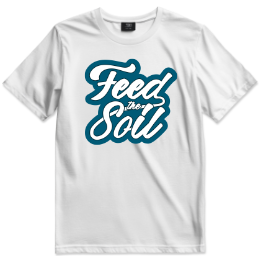
![Don't Till Away Your Carbon [Neon] T-shirt](/media/product_images/dont-till-away-your-carbon-[neon]_shirt_260x260.png)
![Don't Till Away Your Carbon [Neon] Sticker](/media/product_images/dont-till-away-your-carbon-[neon]_sticker_260x260.png)
